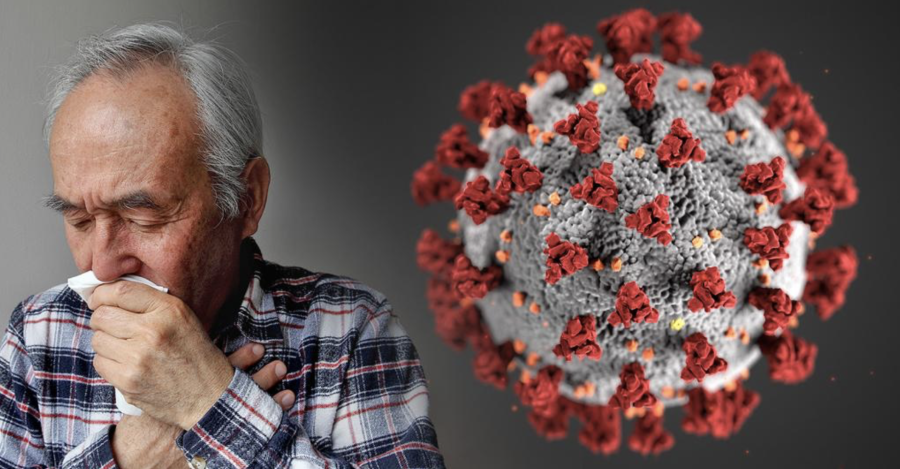As of Jan. 19, there have been over 400,000 confirmed deaths from the coronavirus. Fortunately, states all across the U.S. have been rolling out vaccines to combat the deadly virus and pandemic. Here are five different pieces of fact and fiction about the COVID-19 vaccines.
1. The vaccine contains the SARS-CoV-2 virus.
For the purposes of this article, we will be discussing the Pfizer and Moderna vaccines, as they were the first two to become widely available to the public, and to date, have the most accessible results.
FICTION: Both of these vaccines are known as mRNA vaccines, so the person receiving them will be injected with mRNA for the spike protein of the coronavirus. mRNA is known as messenger RNA and, in essence, is the recipe for creating proteins. In this case, once the mRNA is in the body, the recipient will begin making antibodies against the spike protein of the coronavirus, which are used for protection.
RELATED: Round one: Cracking some common myths about COVID-19
2. The vaccine will give you COVID-19.
FICTION: COVID-19 is the disease caused by the virus known as SARS-CoV-2. As mentioned earlier, the vaccine will elicit an immune response that will result in the production of antibodies through mRNA. The vaccine will not give you COVID-19, but rather protect against it.
RELATED: Round two: Cracking some common myths about COVID-19
3. The first two available vaccines — Pfizer and Moderna — are over 90% effective.
FACT: On Dec. 31, Pfizer published the results of their vaccine candidate in the New England Journal of Medicine. The team reported that their vaccine was “95% effective in preventing COVID-19.” Additionally, Moderna published their results in NEJM and reported a 94.1% efficacy rate.
A slight difference between the two vaccines is that the doses for Pfizer’s vaccine are separated by a three-week period, instead of four for Moderna.
RELATED: New coronavirus strain B.1.1.7 to be dominant by March, CDC says
4. If you get the vaccine, then you never need to wear a mask again.
FICTION: Wearing a mask is one of the best public health tools that we have to reduce the community spread of the coronavirus. The Centers for Disease Control and Prevention adamantly urges people to continue wearing masks even after people have been vaccinated.
“Not enough information is currently available to say if or when CDC will stop recommending that people wear masks and avoid close contact with others to help prevent the spread of the virus that causes COVID-19,” the agency said.
5. Getting the vaccine will give you some side effects.
FACT: A majority of the volunteers in the vaccine trials reported some form of side effects, whether it was arm pain, chills or a fever. For example, in Pfizer’s study, “pain was reported less frequently among participants older than 55 years of age (71% reported pain after the first dose; 66% after the second dose) than among younger participants (83% after the first dose; 78% after the second dose).”
However, the side effects of both Pfizer and Moderna’s vaccines have been ephemeral.
Follow Amit Syal on Twitter









